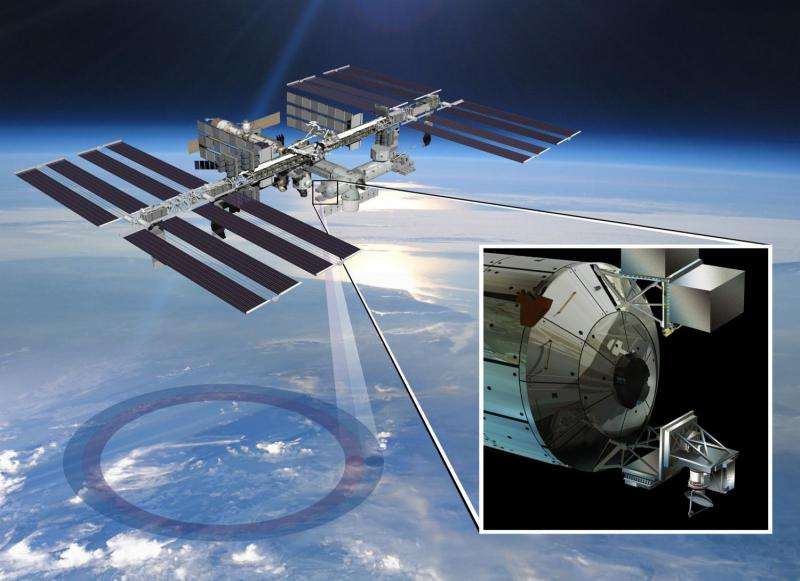RapidScat team investigating power system anomaly

Mission managers at NASA's Jet Propulsion Laboratory, Pasadena, California, and NASA's Marshall Space Flight Center, Huntsville, Alabama, are assessing two power system-related anomalies affecting the operation of NASA's ISS-RapidScat instrument aboard the International Space Station. RapidScat measures surface wind speeds and directions over the ocean.
RapidScat is currently deactivated and in a stable configuration. A RapidScat project anomaly response team has been formed, working in conjunction with the space station anomaly response team. RapidScat will remain deactivated as the investigation continues.
On Aug. 19, the RapidScat team was notified by the International Space Station payload operations center at Marshall that the station's Columbus Module experienced an anomaly with one of the two units aboard the station that distribute electrical power to the module. The anomaly resulted in the loss of power to several payloads aboard the space station, including RapidScat. Later that day, as JPL mission managers attempted to reactivate RapidScat, one of the outlets on the power distribution unit experienced an electrical overload. That outlet powers the station's RapidScat, High-Definition Earth Viewing Experiment (HDEV) and Solar Monitoring Observatory (SOLAR) payloads.
On Aug. 23, the crew manually isolated RapidScat's external payload site from its Columbus module power circuit. Ground teams then successfully restored power to the affected power distribution unit outlet, and SOLAR and HDEV powered up successfully, with no sign of electrical overload. This action isolated the outlet overload to the RapidScat site. It is not yet known if the fault is on the Columbus or RapidScat side of the power supply interface.
Mission managers are handling the incidents as two separate anomalies: loss of power to multiple payloads connected to the power distribution unit, and the electrical overload on the unit's outlet during the attempted reactivation of RapidScat.
RapidScat's survival heaters are currently on (the heaters receive power from a different Columbus power circuit). The heaters are designed to keep the instrument within allowable flight temperatures indefinitely.
RapidScat, launched on Sept. 21, 2014, was developed as a speedy and cost-effective replacement for NASA's QuikScat satellite. RapidScat's all-weather measurements of ocean surface wind speed and direction contribute to improved weather and marine forecasting, including hurricane monitoring, as well as to climate studies.
Provided by NASA





















